Kipon originally was a joint venture between German lens manufacturer IB/E Optics GmbH and the Chinese Shanghai Transvision Photographic Equipment Co. which also produces high-end adapters under the trademark Kipon.
Today Kipon is making some interesting full-frame manual lenses for mirrorless and Leica cameras, including the fastest lens ever made the 40mm f0.85 Mark III, but are these lenses any good?
Here is a quick overview from a few weeks of using several of their lenses.
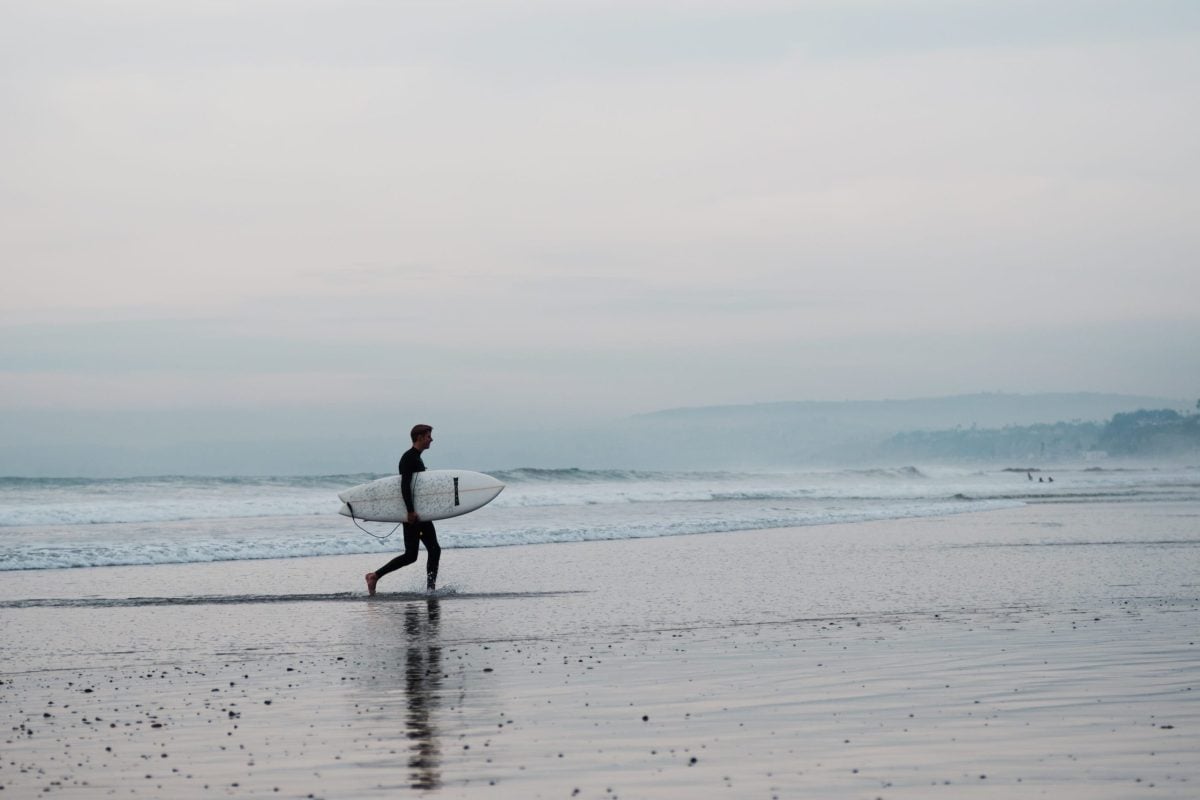
Kipon Lens Review
Are the Kipon lenses good, or do they suck?
I’ve been shooting on Kipon lenses and adapters for nearly a decade, beating them up, and abusing them and they are holding up nicely. Image quality, color, contrast, and distortion are all fantastic and the physical design makes the lenses very fun to use. These lenses are small and light with an all-metal construction. But are they good? Yes and no.
Here is why.
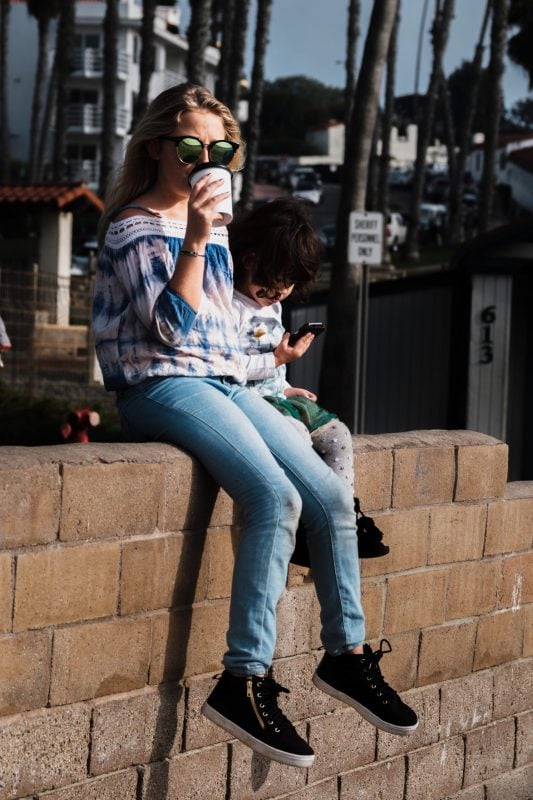
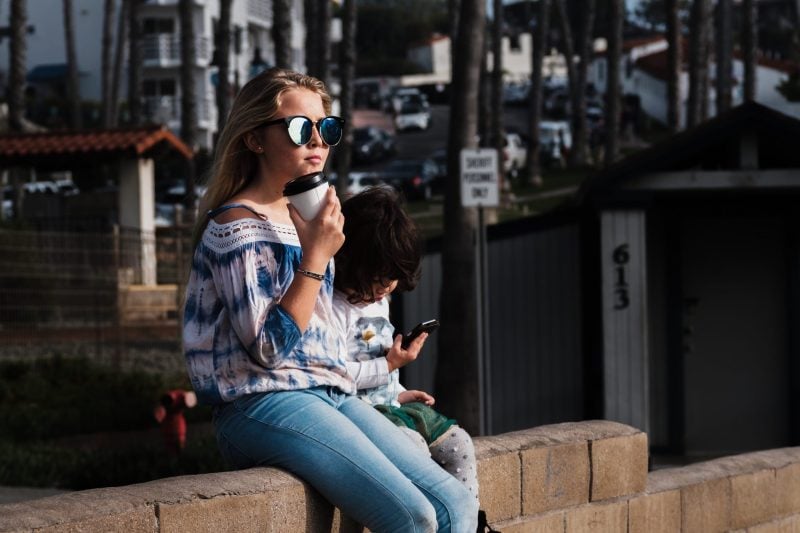
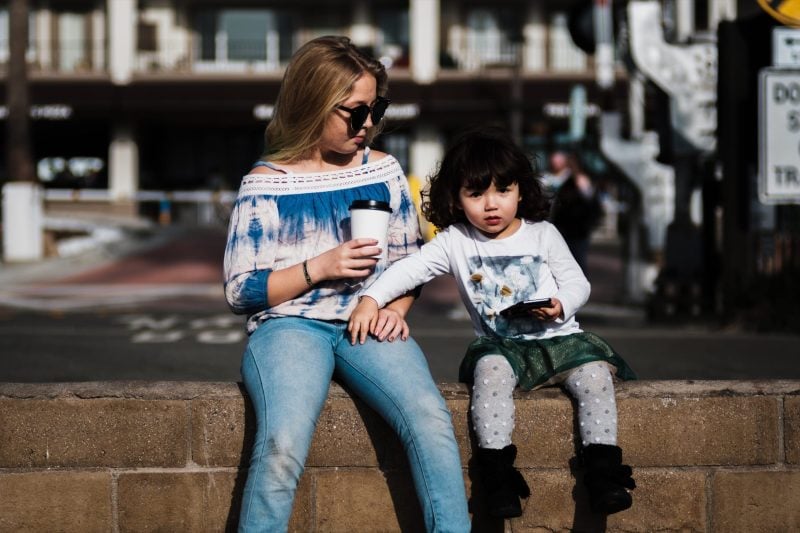
I own three of the Kipon lenses in the Leica mount, the 35mm, the 50mm, and the 75mm. Since they are Leica Mount, I can adapt them to the Fujifilm X-Mount or my full-frame Sony E-Mount cameras.
In terms of build design, you can see and feel the German precision and care.
None of the lenses had dust, however, my very original 35mm f2.4 had tooling marks inside. It didn’t affect image quality and the lens was optically balanced, so I kept it. Kipon has since dramatically improved its production quality and machines.
Last month I bought something like 7 Chinese lenses and had to exchange three. This would have been four and I could have returned my 7Artisans 25mm as it started coming apart after only a few weeks. So five out of seven of my Chinese lenses had issues, however, this was years ago. Most lenses now by these brands are pretty good.
My original 50mm lens had oil on the aperture blades and a lot of what looked like imperfect flaking on the inner barrel that was ready to come loose. The 50mm also had a noticeably decentered element, so I sent that back for an exchange.

The 75mm lens was perfect and is perfect!


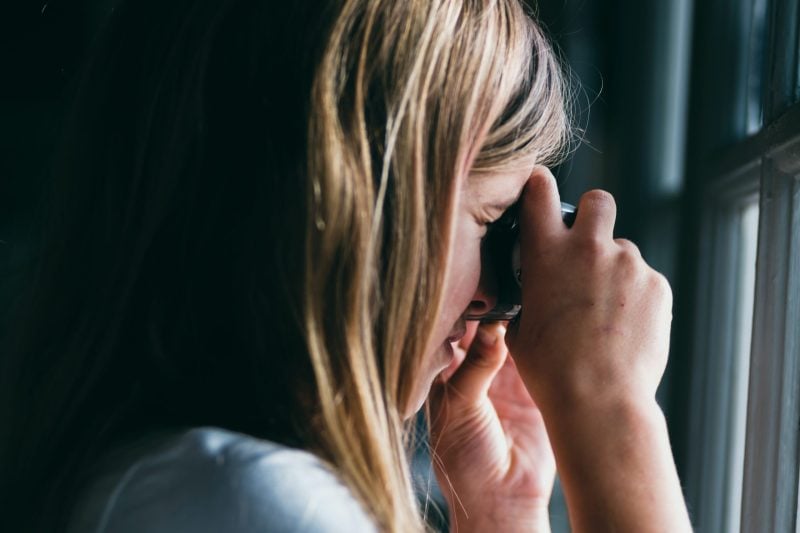
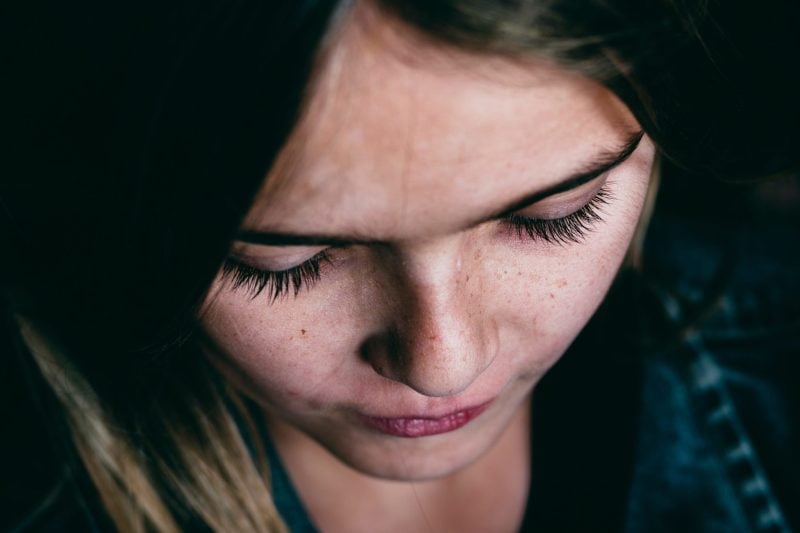

Optical Design
In terms of optical design. These lenses are beautiful. Very nice micro-contrast, very sharp and they just drip with character. I like them, especially on the Fujifilm cameras and especially the 75mm f2.4.
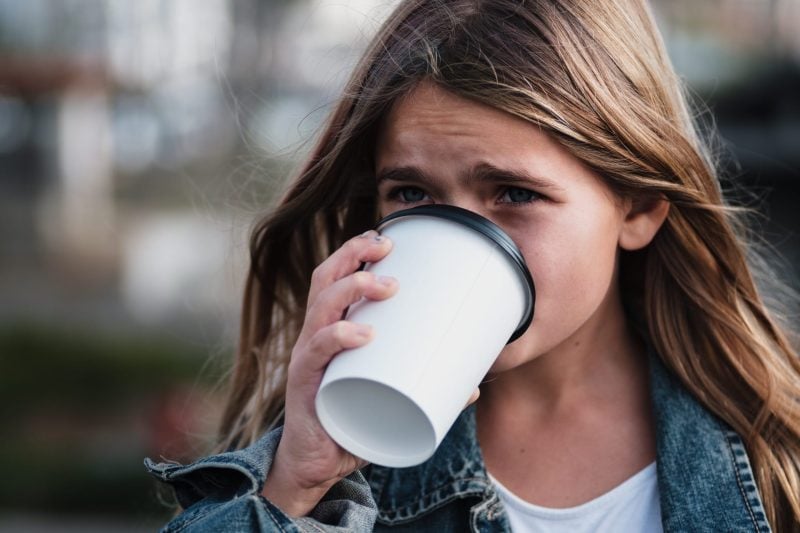
Kipon 75mm f2.4
Of the three lenses, the 75mm is the best buy. It’s nothing but great. If there are any sales grab one but be sure to just give it a good check for any quality control issues. The contrast and sharpness of the 75mm is fantastic and it’s a winner for Fujifilm shooters considering there is nothing in this range at this price that is also this small and light.
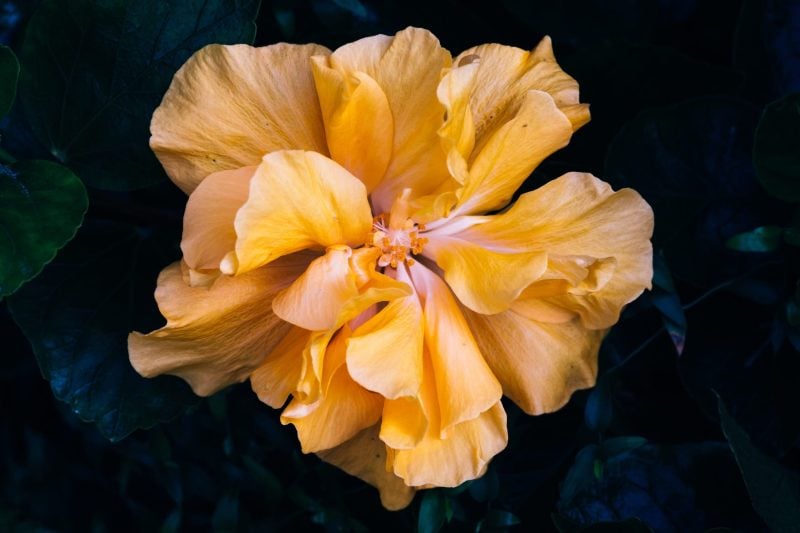
Kipon 35mm f2.4
The 35mm f2.4 is a lot of fun and also has really nice color and contrast. The issue with this lens is the minimum focus distance is somewhere around 3-4 feet making the lens really hard to use casually with friends and family. For example, you can’t just take a picture of someone sitting across the dinner table from you.
For street and landscape, it’s fine, but I do, that minimum focus distance might be a deal breaker for a lot of people.
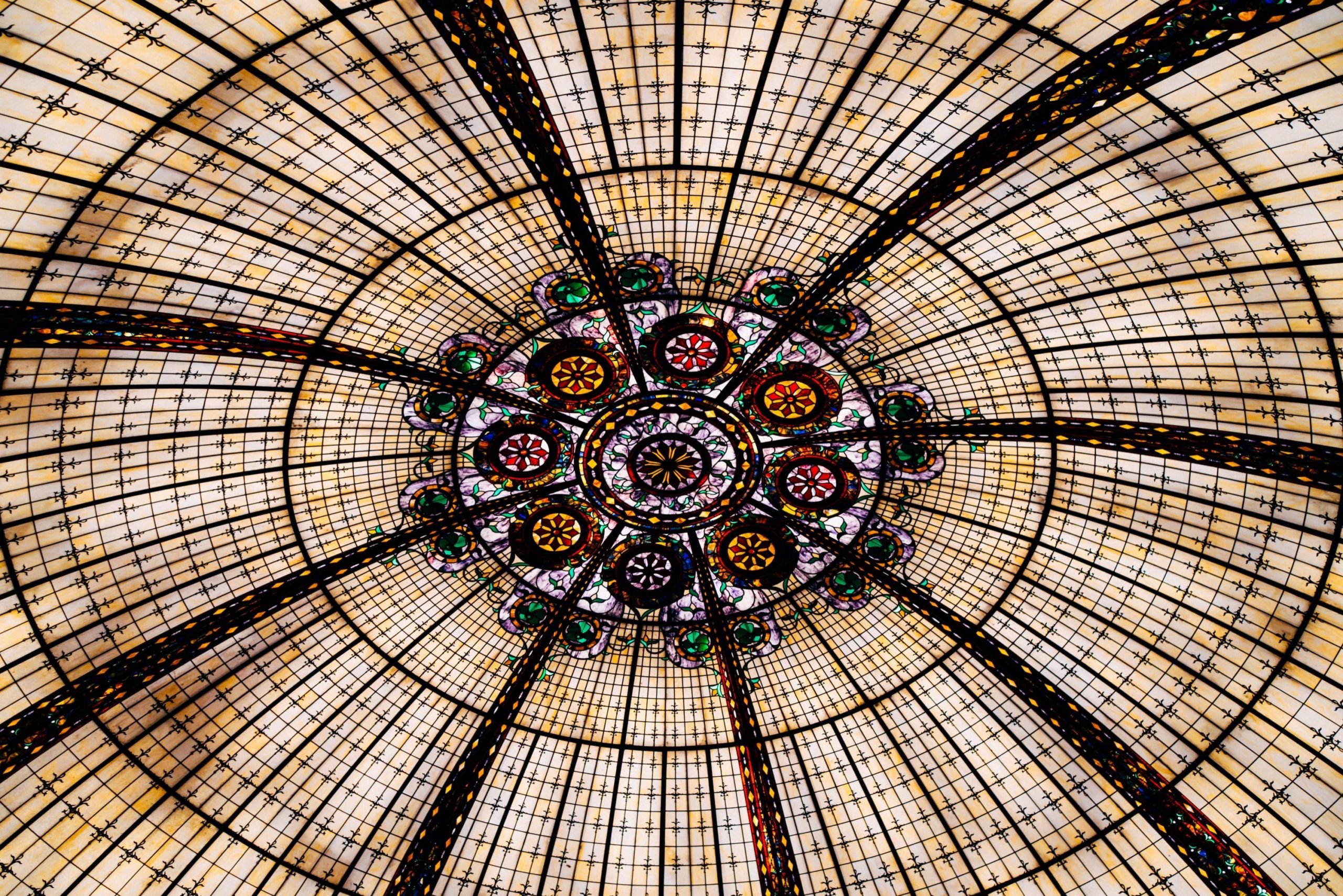
Kipon 50mm f2.4
The 50mm I haven’t really used much since that’s the lens I chose to send in for a replacement, I’ll have a new one soon.
Kipon Lenses | Bottom Line
Kipon lenses today are great lenses for street photography and for photographers looking for good micro contrast manual lenses for black and white photography and who want that classic look.
If you can pick one up used, I would say go for it, as long as there are no flaws.
If you decide to buy one, like with any third-party lens, just check the insides really well with your smartphone flashlight, some dust is fine and normal even for Japanese-made lenses.
I’ll have a full and in-depth review and comparison of each of these lenses, but that’s a lot of work and I’ll have to slowly trickle those out. You can subscribe to my push notifications and I’ll send those out when they are ready. In the meantime, here are some sample photos taken on the Fujifilm X-Pro 2 and the Sony A7r III.


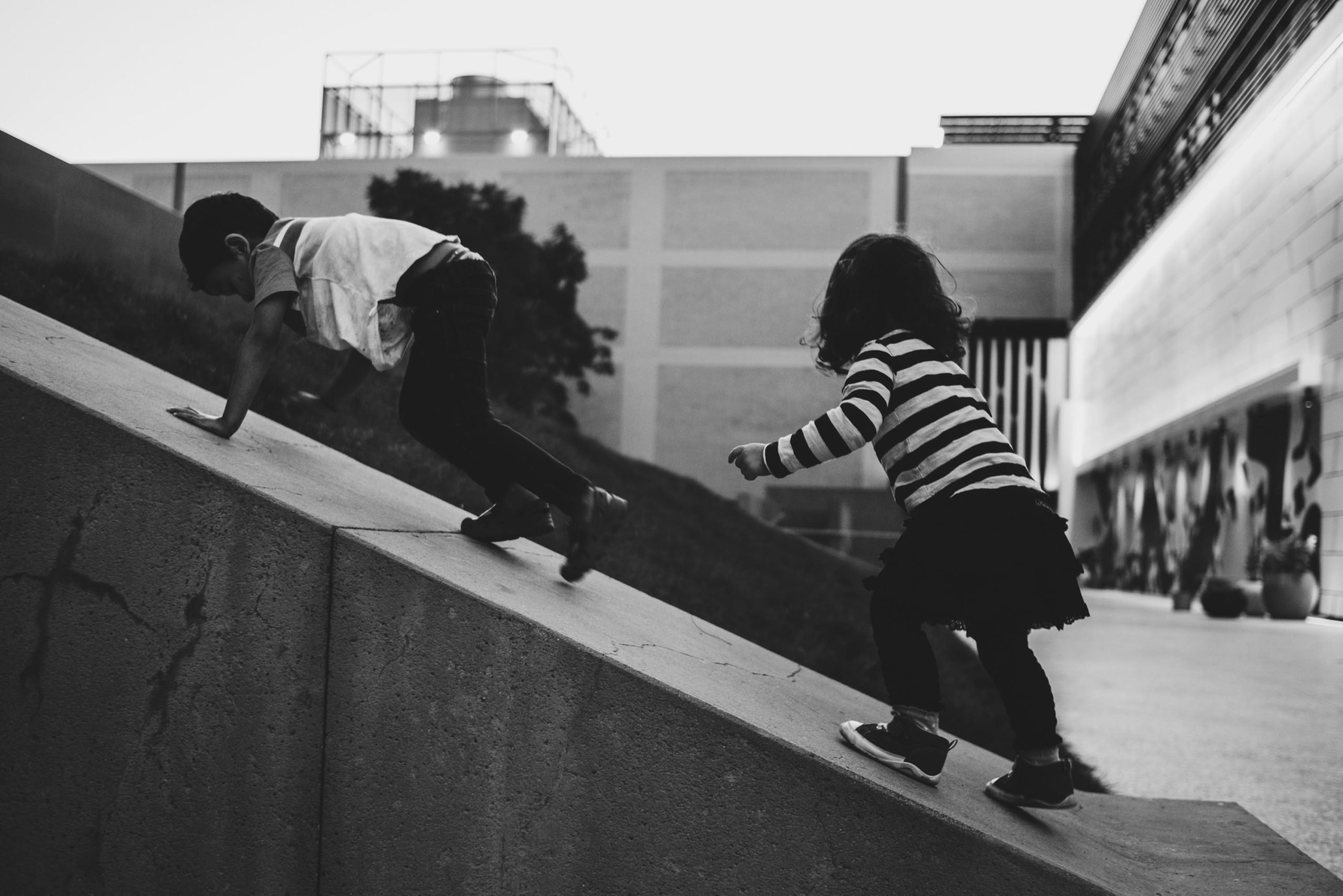
Kipon Sample Images
For the look of these images, I’m mostly using my own custom black-and-white looks, or Classic Chrome with Fujifilm. For the Sony shots, I’m also using simulated Classic Chrome that I custom-built.
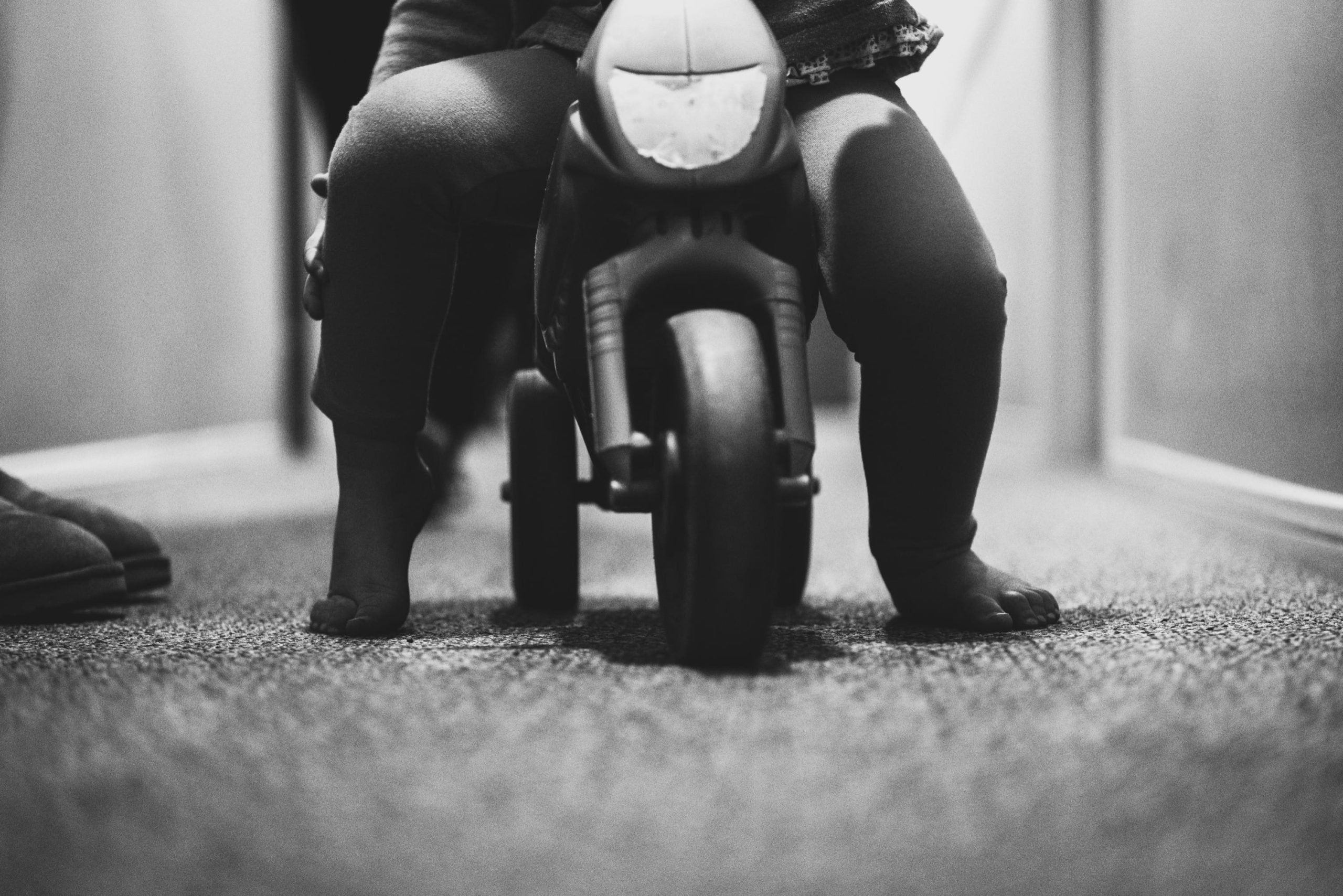


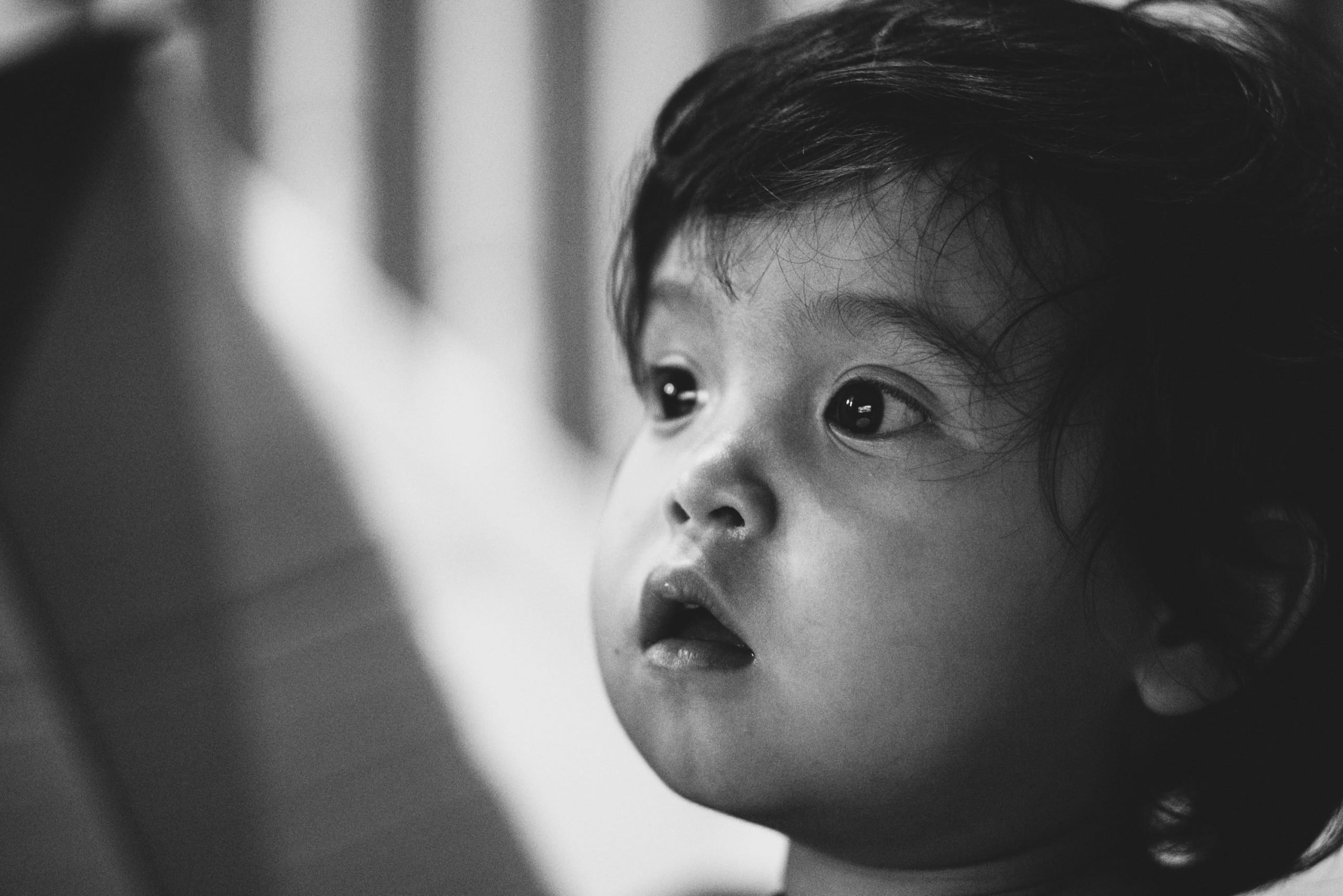
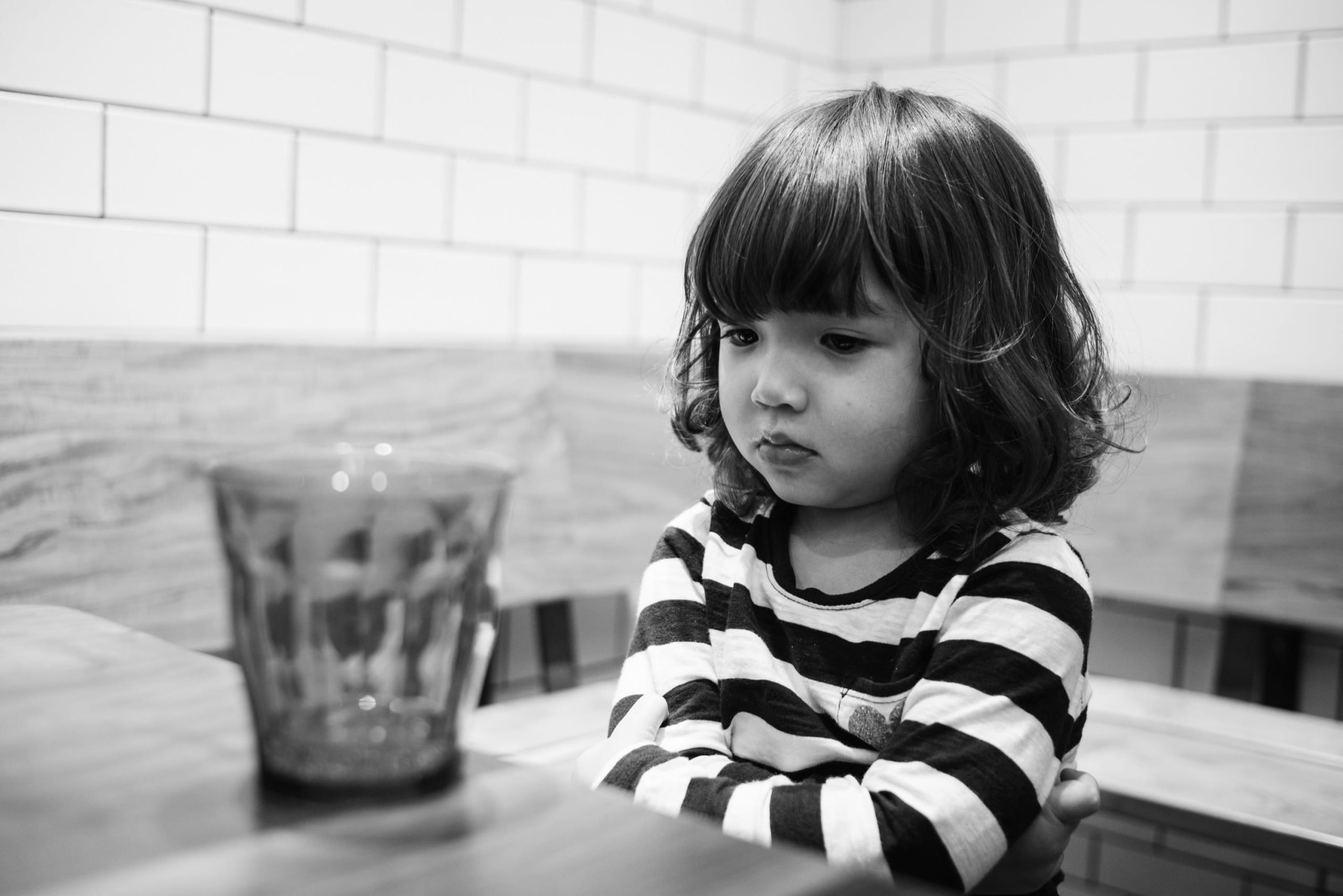
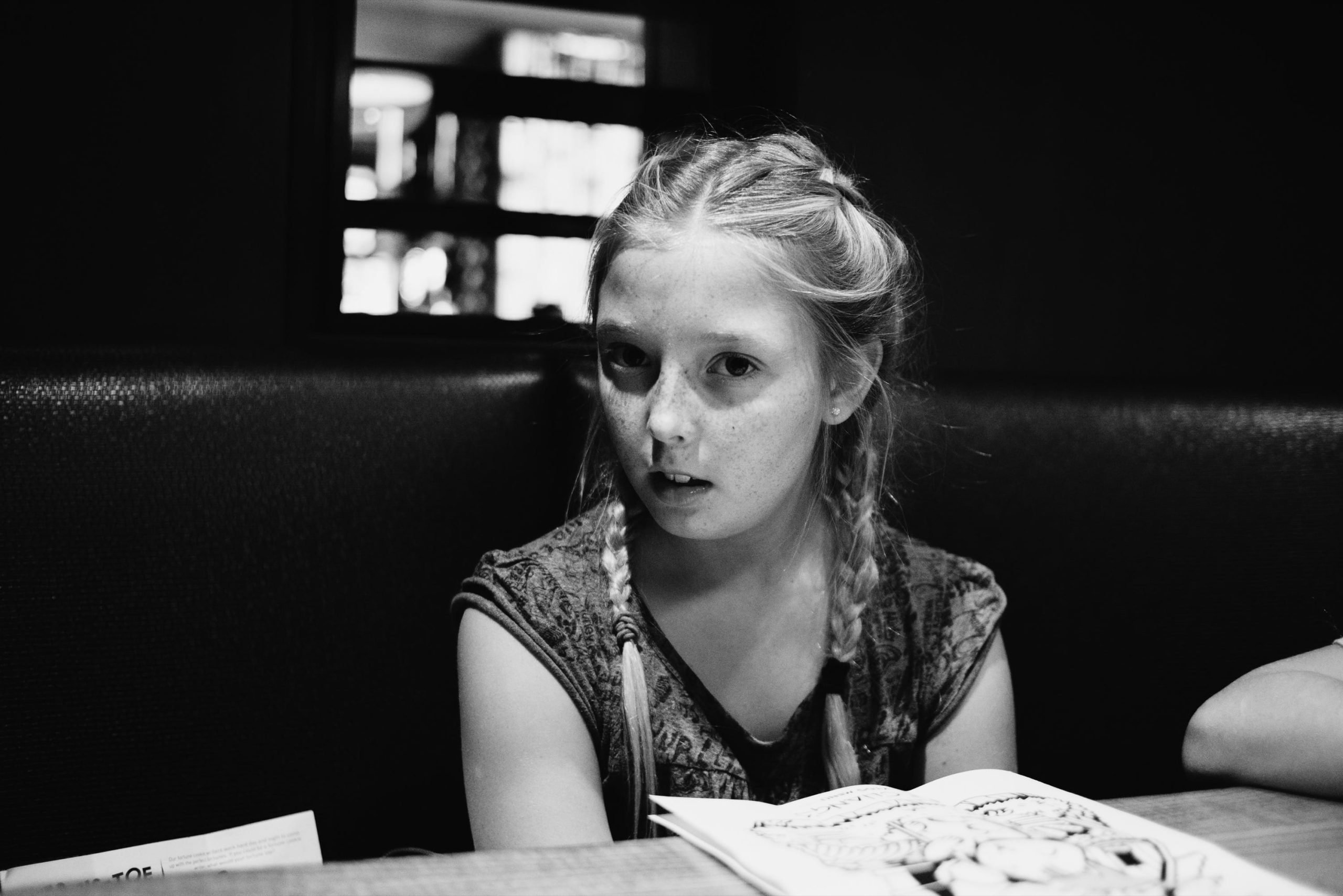

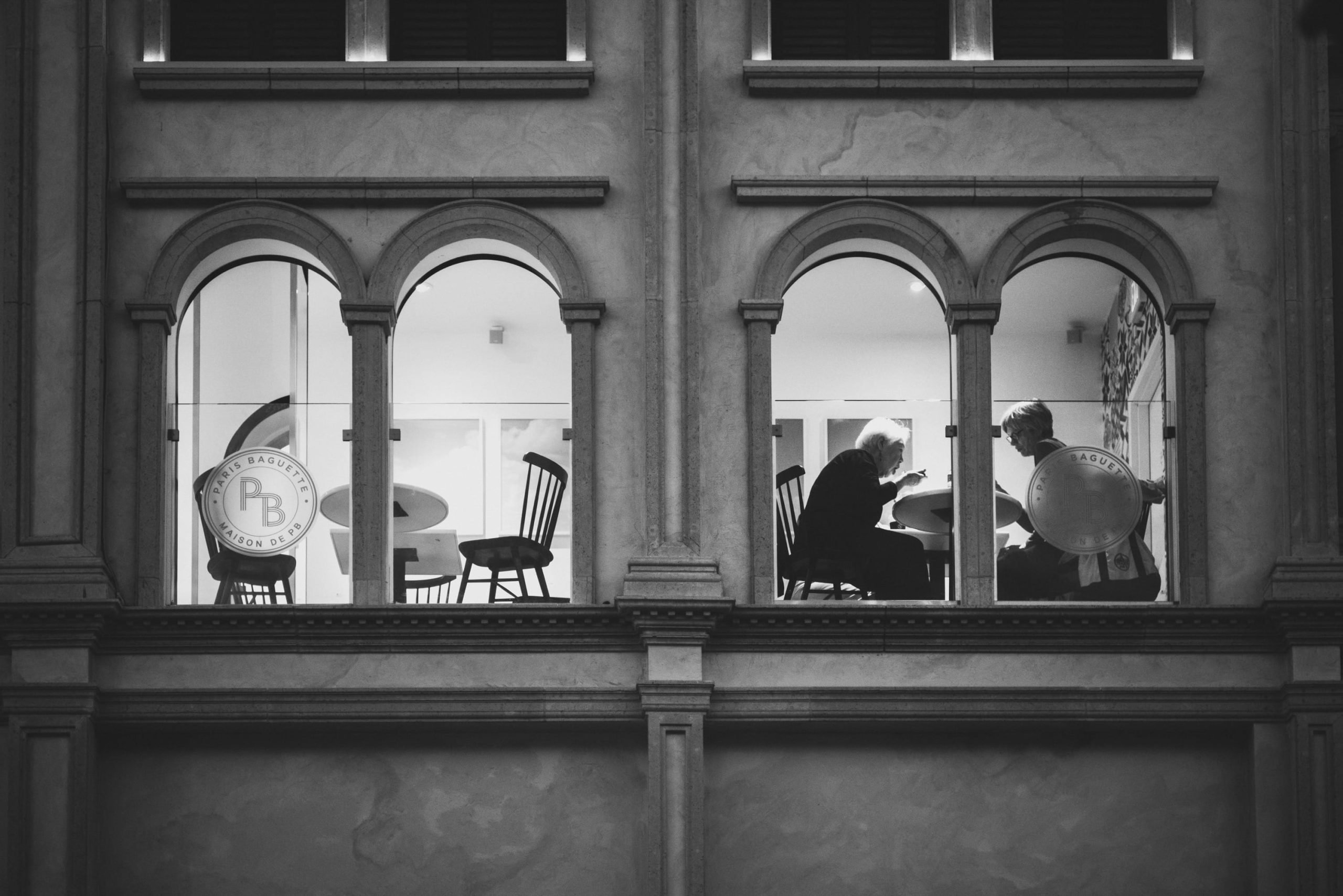
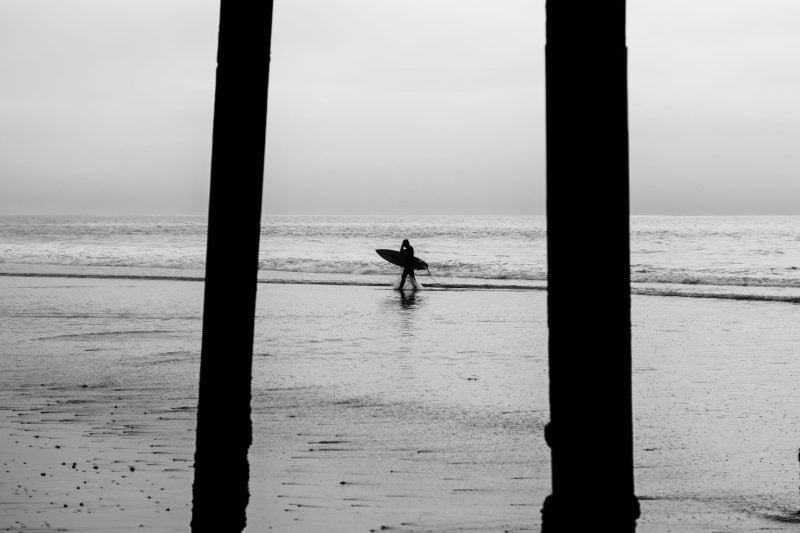

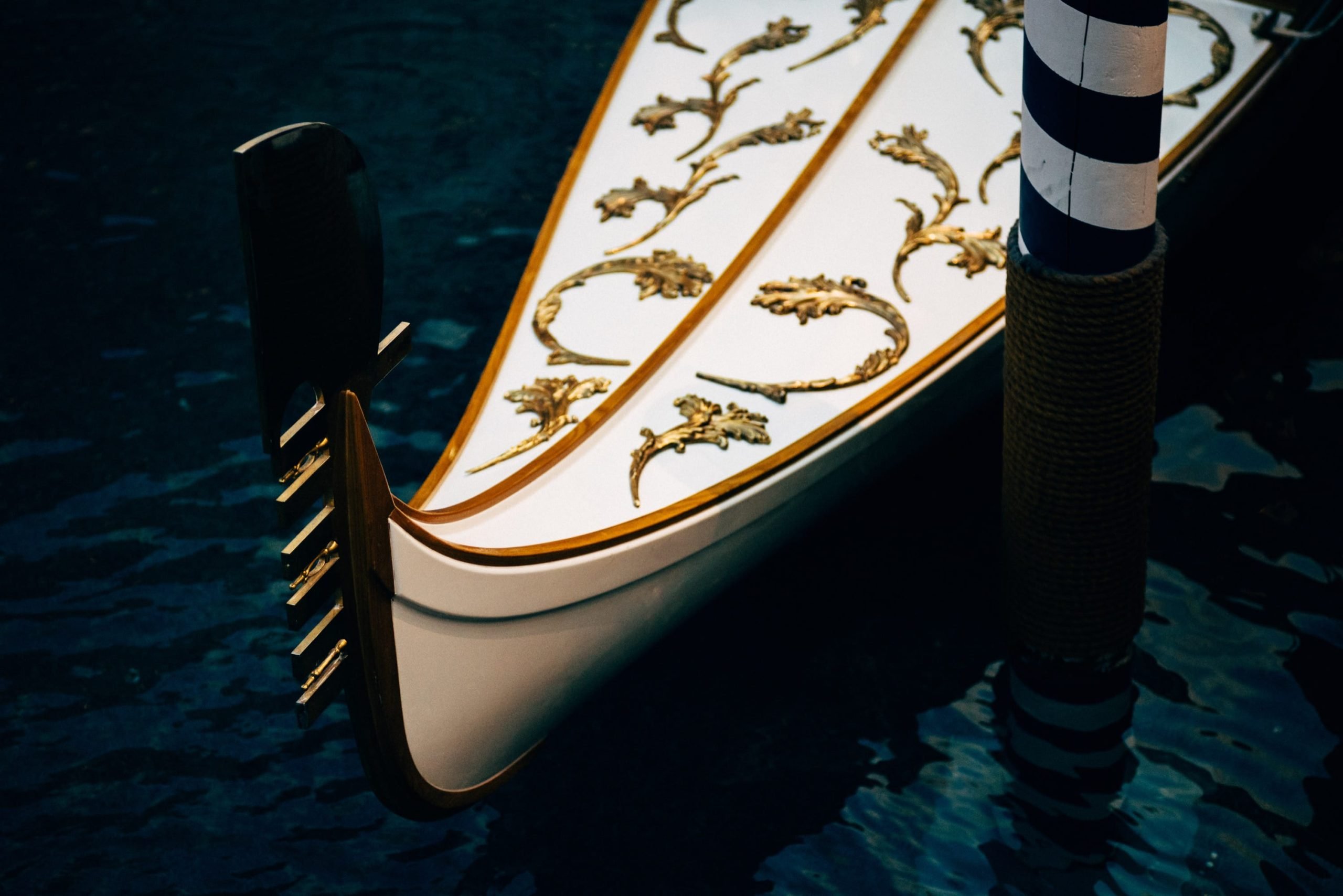
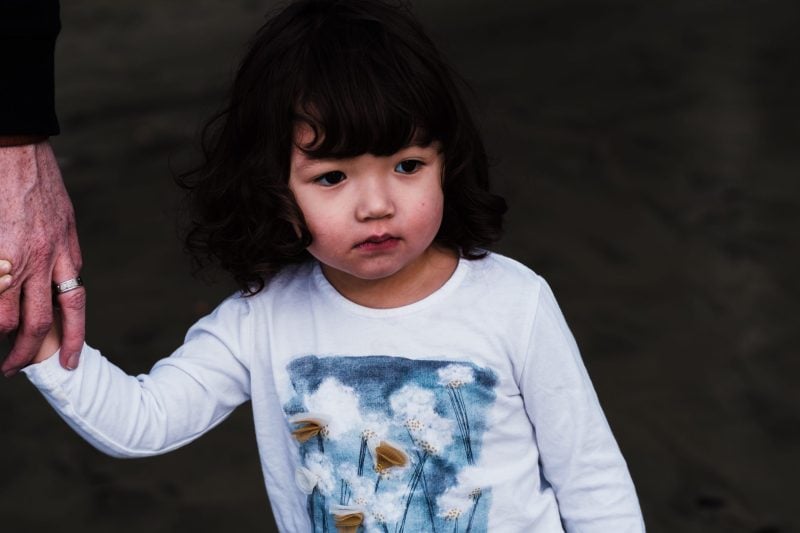
| **This website contains affiliate links. We will earn a small commission on purchases made through these links. Some of the links used in these articles will direct you to Amazon. As an Amazon Associate, I earn from qualifying purchases. |






